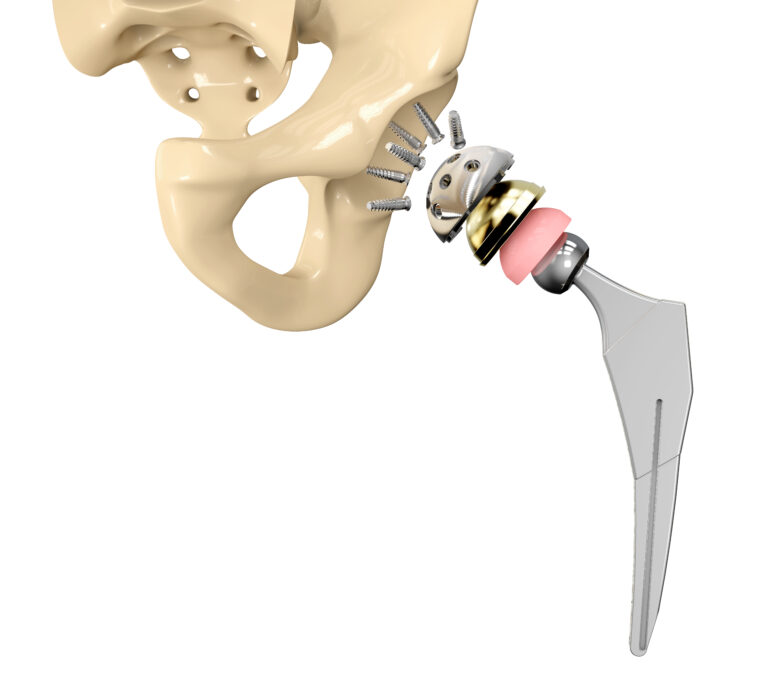
Running with Confidence: Protecting Your Joints as a Woman Runner
Running is a popular form of exercise, but it can take a toll on a woman’s joints, especially the knees, hips, and ankles. Proper techniques and preventive measures can help women runners protect their joints and reduce injury risk.
1. Knee Injuries in Runners
- Common Issues:
- Runner’s knee, patellar tendinitis, and iliotibial band syndrome are common overuse injuries affecting the knees.
- Prevention:
- Strengthening the quadriceps and hamstrings provides better support for the knees.
- Wearing well-cushioned shoes designed for your gait reduces knee impact.
2. Hip Injuries in Women
- Common Issues:
- Hip bursitis and labral tears are often the result of overtraining or poor running form.
- Prevention:
- Focus on core strengthening exercises and maintain proper form with a slight forward lean to reduce hip strain.
3. Ankle Sprains and Strains
- Common Issues:
- Running on uneven surfaces or without proper footwear can lead to ankle sprains and Achilles tendinitis.
- Prevention:
- Strengthen the calves and lower leg muscles to provide better stability and always run on even terrain.
Key Takeaway:
Women runners can protect their joints by focusing on strengthening exercises, wearing the right footwear, and maintaining proper running form. Injury prevention starts with the right approach, ensuring long-term joint health.
Disclaimer:
The information provided is for educational purposes only and should not be considered medical advice. Always consult with a healthcare provider or sports professional before making any changes to your running routine or injury prevention strategies. Injury prevention techniques may vary depending on individual health conditions, fitness levels, and running habits. This content aims to offer general advice on protecting knees, hips, and ankles for women runners. Results from injury prevention strategies can differ, and professional guidance is essential for maintaining long-term joint health and performance.

